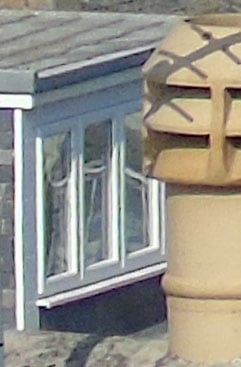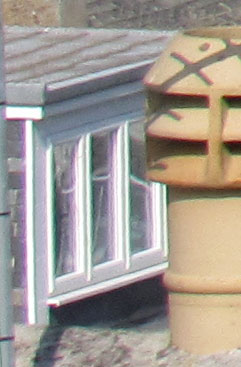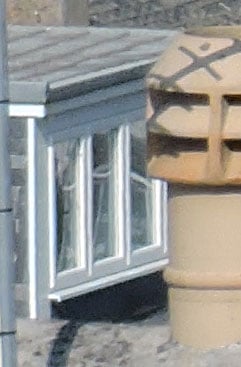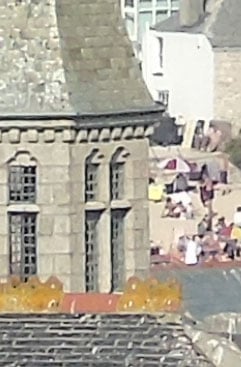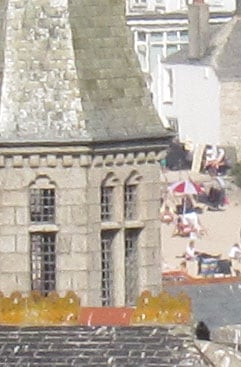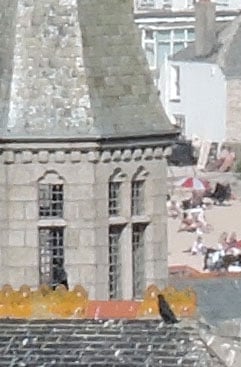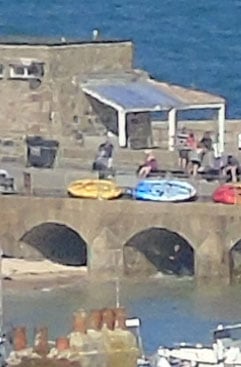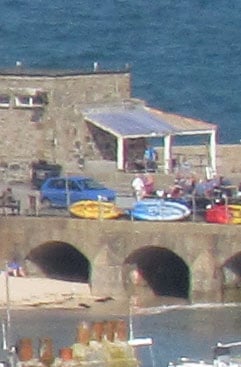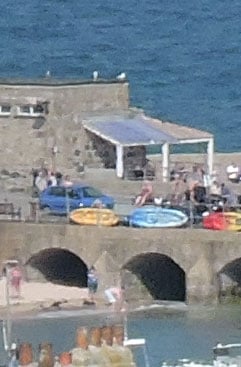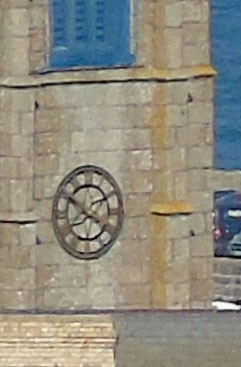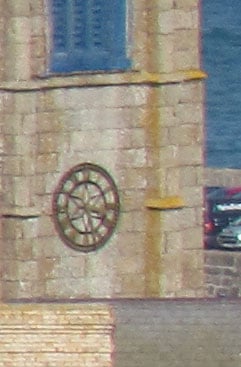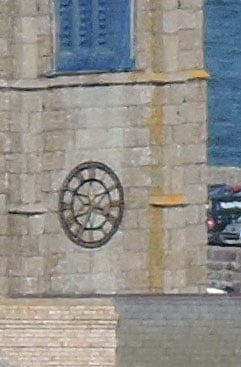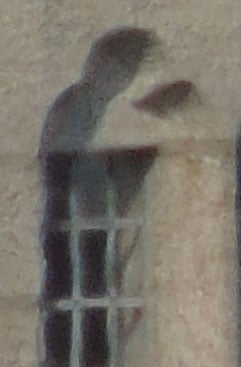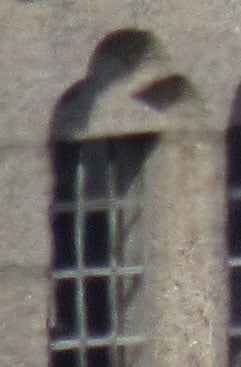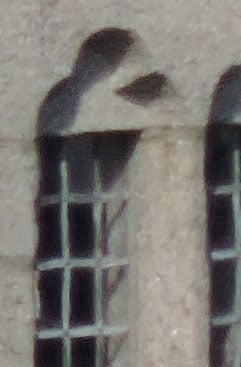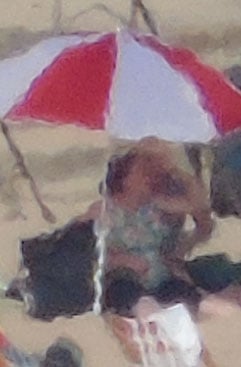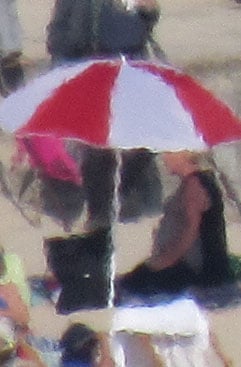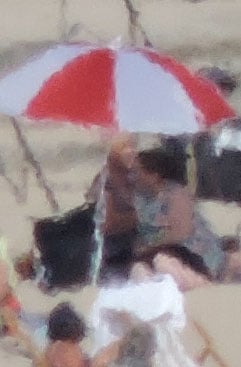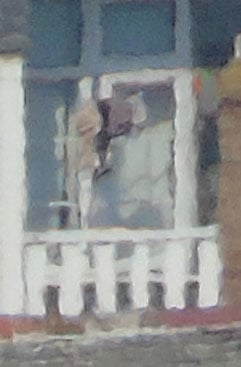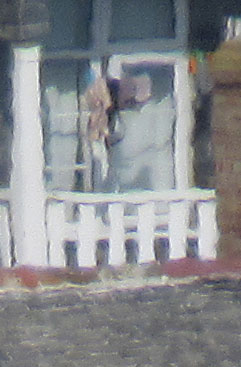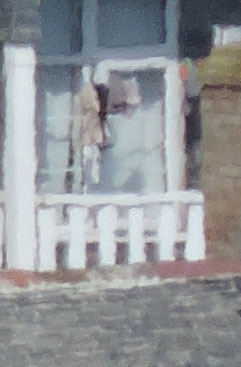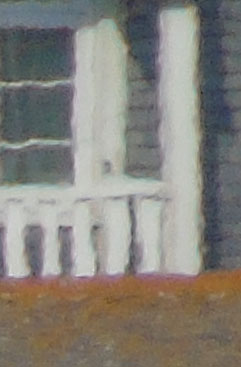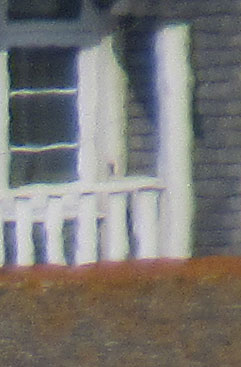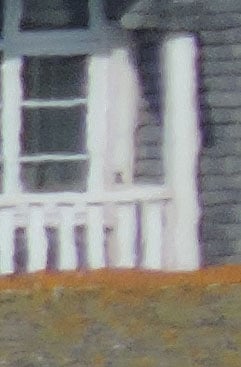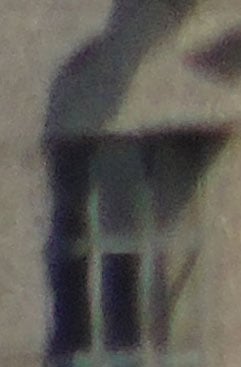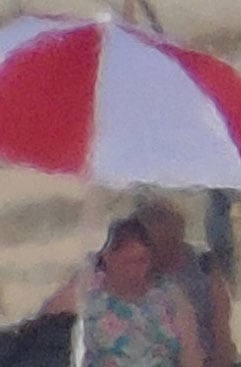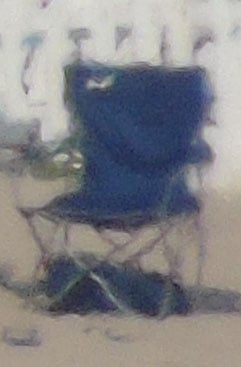Sony Cyber-shot H400 review
-
-
Written by Ken McMahon
Quality
Sony H400 vs Canon SX520 HS vs Nikon P530
To compare real-life performance I shot this scene with the the Sony Cyber-shot H400, the Canon PowerShot SX520 HS and the Nikon COOLPIX P530 within a few moments of each other using their best quality JPEG settings.
At 24.5mm equivalent, the wide angle setting on the Sony H400 isn’t quite as wide as the 24mm wide angle of the SX520 HS and P530, but in practice the difference is very small and it’s impossible to zoom the lenses by such a small amount, so all three were left on their widest settings.
The Cameras were set to Aperture priority mode and f4 selected which produced the best results. The COOLPIX P530 closes the aperture in 0.3EV increments from the widest available option (f3 at the widest setting) so I chose f4.2 as the closest to f4.
For this test the cameras were mounted on a tripod and image stabilisation was disabled. The ISO sensitivity was manually set to the lowest available setting and all other settings were left on the defaults.
The image above was taken with the Sony H400. The camera was set to Aperture priority mode and at f4 with the sensitivity manually set to the base 80 ISO setting the H400 selected a shutter speed of 1/800. The Canon SX520 HS was also set to f4 and at its base 100 ISO sensitivity setting metered a shutter speed of 1/1250. The Nikon COOLPIX P530, also at 100 ISO metered 1/800 at f4.2. As usual the crops are taken from the areas marked in red above.
The first thing to note is that with a 20.1 Megapixel sensor the crops from the Sony H400 show a smaller area with larger detail than those from the 16 Megapixel Canon SX520 HS and COOLPIX P530. Overall the results from the H400 are very good. Casting an eye from top to bottom they look consistent, so, at the wide angle setting the lens performs well across the frame to the edges.
The crops look a little soft though, the fine detail is a little blurred and the edges aren’t as crisp as they might be. You could forgive this on the first or last crops from the frame edge but, as I’ve mentioned, these crops have a consistent quality.
Compared with the crops from the Canon SX520 HS, I don’t think these H400 crops show quite the same level of detail. If you compare the second crop of the church tower I reckon there’s a little more detail in the stonework on the Canon crop, it’s not much, but it’s definitely there. The SX520 HS crops look a little noisier than those from the H400, but there’s also a bit more detail.
The COOLPIX P530 crops are also quite soft, but they lack the consistency of the H400. Even in the centre, though, I don’t think there’s quite the level of detail in the P530 crops as in those from the H400. It’s a small difference which you’d only be able to spot pixel peeping at 100 percent view, but it’s real enough.
Scroll down the page to see how these models compare when zoomed in to 135mm, and 1000mm equivalent focal lengths, or to see how they compare at higher sensitivities check out my Sony H400 Noise results.
Sony H400 | Canon SX520 HS | Nikon P530 | ||
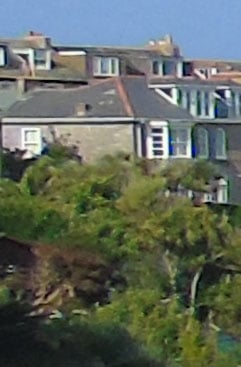 | 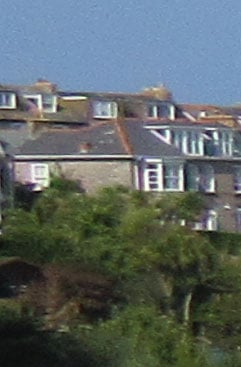 | 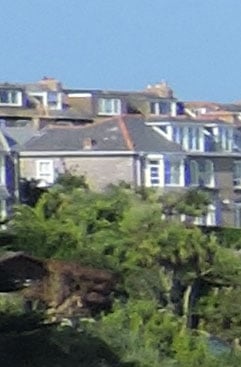 | ||
f4, 80 ISO | f4, 100 ISO | f4.2, 100 ISO | ||
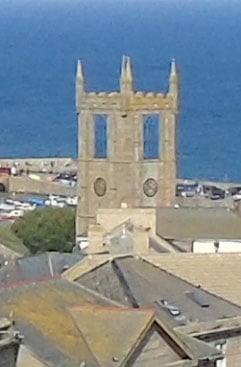 | 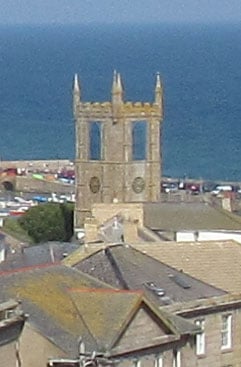 | 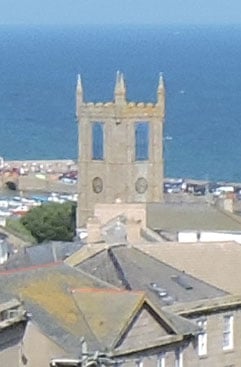 | ||
f4, 80 ISO | f4, 100 ISO | f4.2, 100 ISO | ||
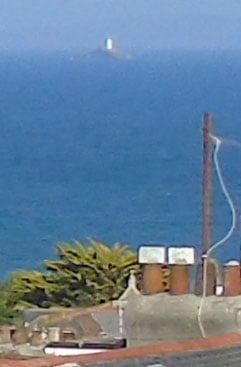 | 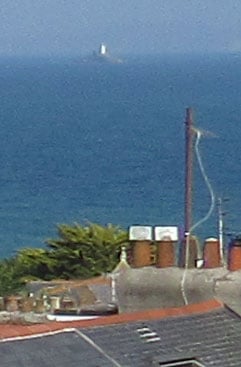 | 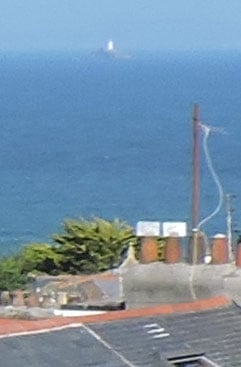 | ||
f4, 80 ISO | f4, 100 ISO | f4.2, 100 ISO | ||
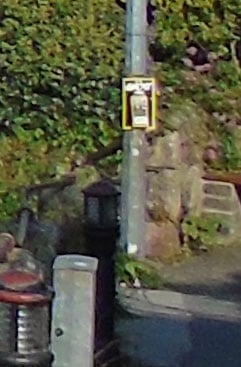 | 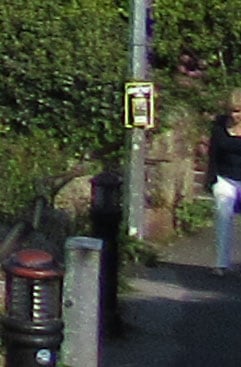 | 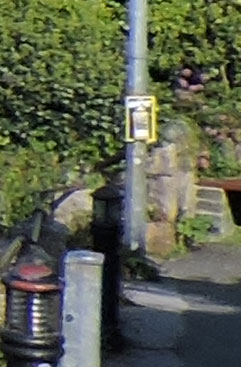 | ||
f4, 80 ISO | f4, 100 ISO | f4.2, 100 ISO |
Sony H400 vs Canon SX520 HS vs Nikon P530 Quality at approx 135mm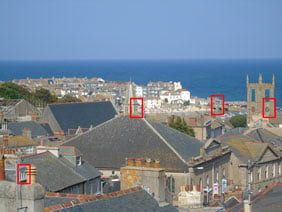 For this next test I zoomed all three cameras in to an equivalent focal length of around 135mm. This time in each case I set the aperture to the widest available setting, f4.6, f5 and f4.3 respectively on the H400, SX520 HS, and P530. Zoomed in a little to a 135mm equivalent focal length the H400 once again produces very consistent results right across the frame. If you look at the image opposite you’ll see that the first and especially the last crop are very close to the frame edge. The first crop below shows a good level of detail and the vertical window frame edges are straight and clean. The same goes for the crop from the opposite edge of the frame When zoomed in to this focal length, there’s much less of a difference between these three models than at the wide angle setting. The Canon SX520 HS results aren’t as impressive as the wide angle ones and the result is the tables are turned with the more consistent H400 coming out on top. Conversely, The COOLPIX P530 raises its game once zoomed in a little with cleaner sharper results broadly comparable with those from the SX520 HS in the middle, but slightly better at the edges. Scroll down for another comparison at a longer focal length or skip to my noise results.
Sony H400 vs Canon SX520 HS vs Nikon P530 Quality at approx 1000mm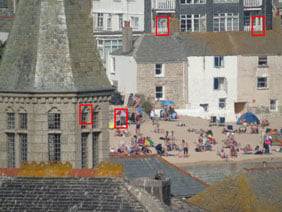 For this test I zoomed the PowerShot SX500 HS in to its maximum 1008mm focal length. The COOLPIX P520 was also zoomed to it’s maximum – just short of the Canon at 1000m and the Sony H400 was zoomed in to match the same angle of view. As before, I set the maximum available aperture on each camera, f6.2, f6 and f5.9 on the H400, SX520 HS, and P530 respectively As a quick glance at these crops will reveal, there’s a loss of finer detail which produces an impressionistic result. This affects all three models to a similar degree and is a result of atmospheric interference as much as lens and sensor performance. That said, I think the PowerShot SX520 HS produces a slightly cleaner and more detailed result than either the Sony H400 or the Nikon P530 at this focal length. The Sony H400 still has a way to go before reaching its maximum 1550mm equivalent focal length though. To see how that looks scroll down the page to my final set of results, or skip to my noise results.
Sony H400 Quality at 1550mm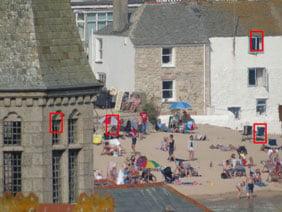 For this final test I zoomed the H400 in all the way to its maximum focal length equivalent to 1550mm on a 35mm camera. At this focal length the aperture closes to f6.5 As before, the crops are taken from the areas marked in red. There are of course no crops from the SX520 HS or COOLPIX P530 as we are way beyond their maximum telephoto range. These crops suffer a little more from the wobbly edges and clumpy detail we saw in the previous set. As I mentioned earlier, the impressionistic effect is down to atmospheric effects. It’s certainly not very pretty, but I think it’s fair to say the quality of these crops is comparable to those from the Canon SX520 HS and the Nikon COOLPIX P530 at their shorter maximum focal lengths shown above. Next head over to my noise results.
|
Sony H400 vs Canon SX520 HS vs Nikon P530 noise
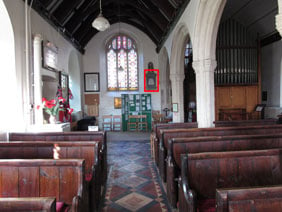
To compare noise levels under real-life conditions, I shot this scene with the Sony Cyber-shot H400, the Canon PowerShot SX520 HS, and the Nikon COOLPIX P530 within a few moments of each other using their best quality JPEG settings at each of their ISO sensitivity settings.
At 24.5mm equivalent, the wide angle setting on the Sony H400 isn’t quite as wide as the 24mm wide angle of the SX520 HS and P530, but in practice the difference is very small and it’s impossible to zoom the lenses by such a small amount, so all three were left on their widest settings.
The Cameras were set to Aperture priority mode and f4 selected which produced the best results. The COOLPIX P530 closes the aperture in 0.3EV increments from the widest available option (f3 at the widest setting) so I chose f4.2 as the closest to f4. For this test the cameras were mounted on a tripod and image stabilisation was disabled. Active D Lighting is off by default on the COOLPIX P520, DRO was disabled on the Sony H400. All other settings were left on the defaults.
The image above was taken with the Sony Cyber-shot H400. The H400 was set to Aperture Priority mode and at its base 80 ISO sensitivity setting with the aperture set to f4 metered a shutter speed of 1/4. At 100 ISO the Canon SX520 HS metered 1/4 at f4 and the Nikon COOLPIX, also at 100 ISO, metered 1/6 at f4.2.
There are three things to note at the outset here. The first is that the 20.1 Megapixel sensor of the Sony H400 produces a smaller crop area with larger detail than those from the 16 Megapixel Canon SX520 HS and COOLPIX P530. The second is that the H400’s sensitivity range starts at a lower 80 ISO compared with 100 ISO on the other two models. Lastly, bear in mind that we’re comparing two different types of sensor here, a CCD sensor in the H400 and CMOS sensors in the other two models.
Looking at the 80 ISO crop from the H400 the first thing that’s noticeable is the lack of noise textures. But look closely and you’ll see the detail also lacks texture and looks smoothed. 100 ISO is the first chance we get to compare all three and here it’s even more apparent that the H400V crop is less noisy, but also less detailed than the crops from the SX520 HS and COOLPIX P530.
As you progress up the sensitivity scale, where the Canon and Nikon crops become more grainy, the H400 crops become smoother, smearier and less detailed. Eventually, at around 800 ISO the H400’s noise processing can’t keep up and the texture breaks through. I think it would be fair to say that while all three models are comparable at their base ISO settings, the more aggressive noise reduction required by the H400’s higher resolution CCD sensor renders images with significantly less detail at the higher ISO sensitivity settings than either the Canon SX520 HS or the COOLPIX P530.
Sony H400 | Canon SX520 HS | Nikon P530 | ||
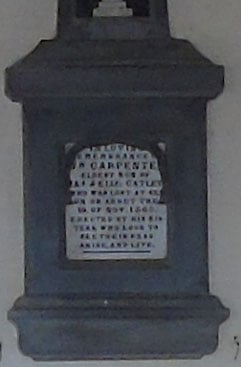 | ||||
80 ISO | 80 ISO Not available | 80 ISO Not available | ||
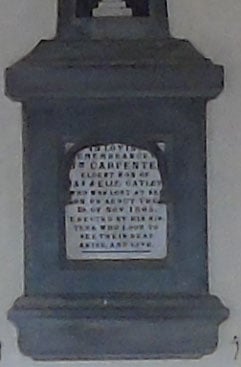 | 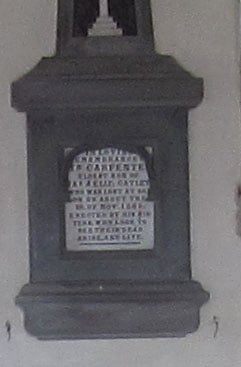 | 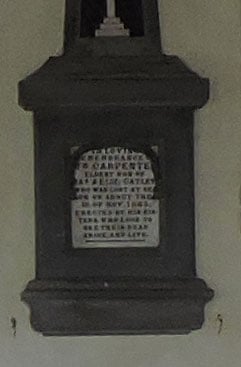 | ||
100 ISO | 100 ISO | 100 ISO | ||
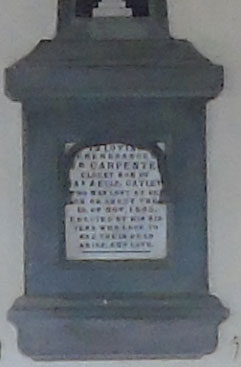 | 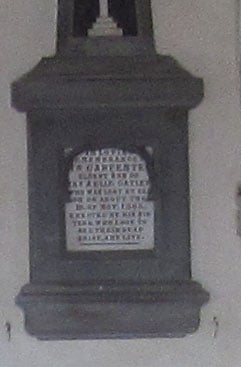 | 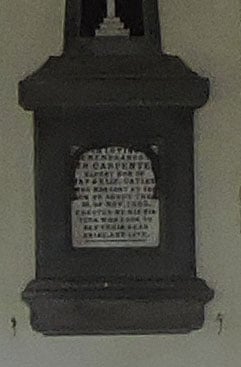 | ||
200 ISO | 200 ISO | 200 ISO | ||
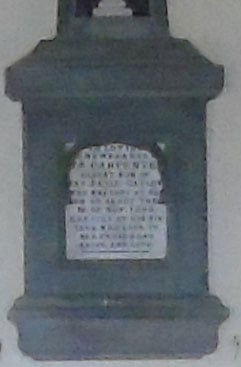 | 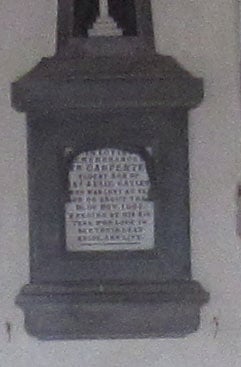 | 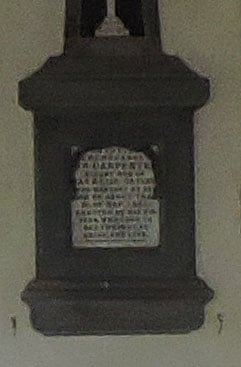 | ||
400 ISO | 400 ISO | 400 ISO | ||
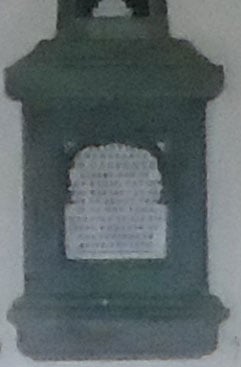 | 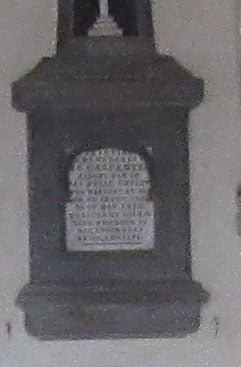 | 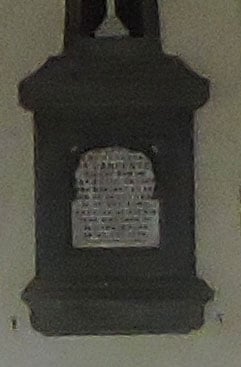 | ||
800 ISO | 800 ISO | 800 ISO | ||
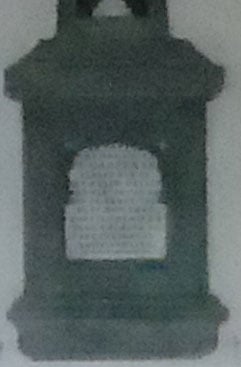 | 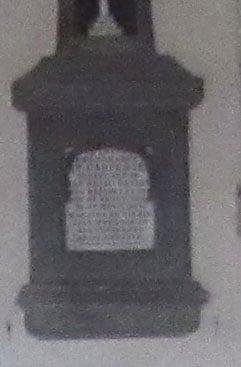 | 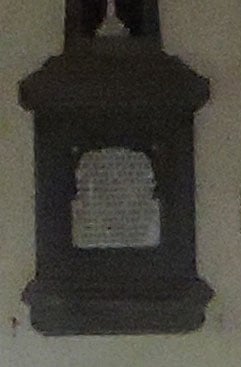 | ||
1600 ISO | 1600 ISO | 1600 ISO | ||
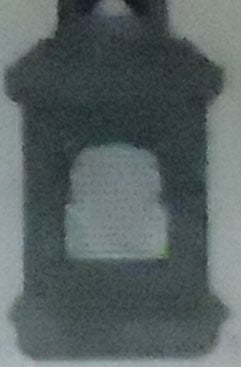 | 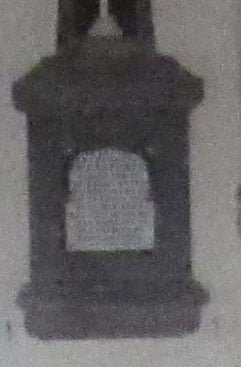 | 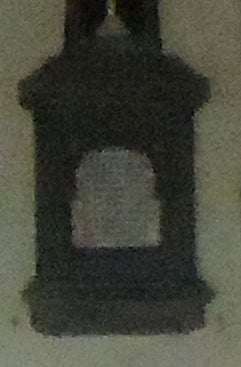 | ||
3200 ISO | 3200 ISO | 3200 ISO | ||
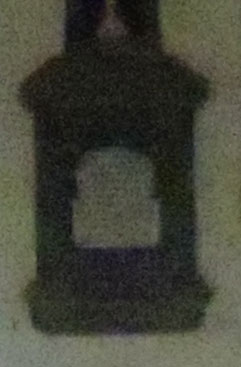 | ||||
6400 ISO Not available | 6400 ISO Not available | 6400 ISO |
